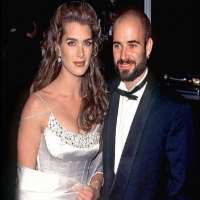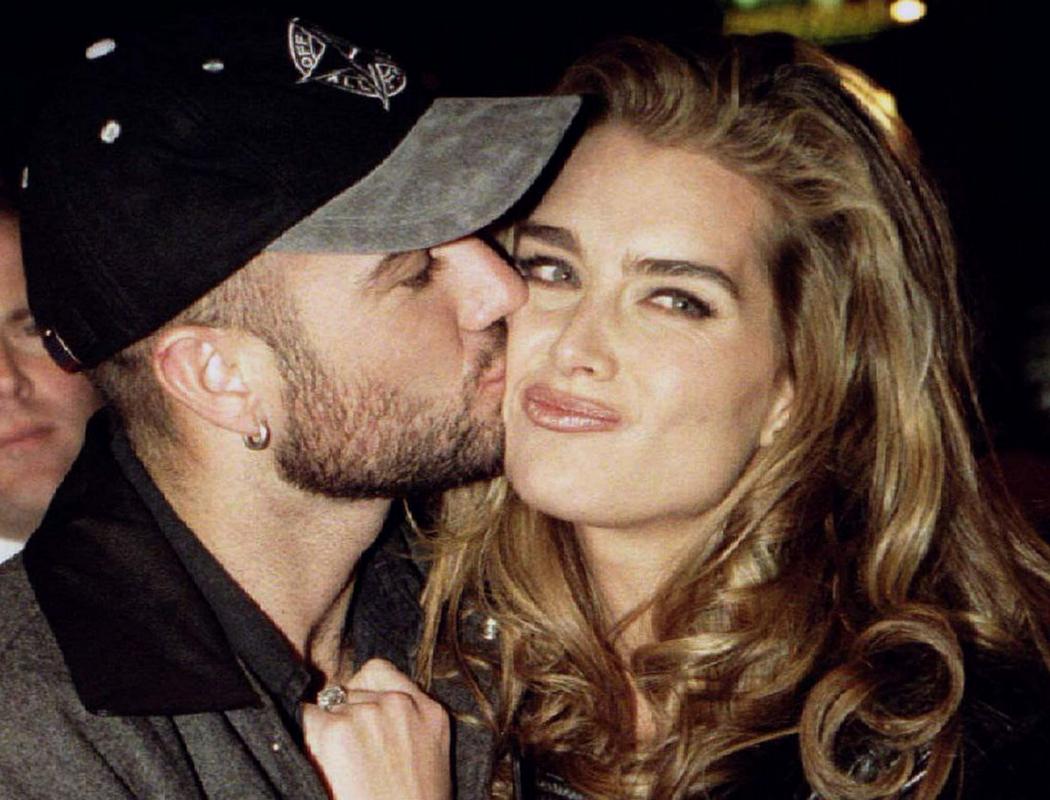


This is abundantly clear in “ Open,” a 2009 autobiography that adds depth and complexity to Agassi’s reputation as both a champion and an insurgent. The passage of time has shaped Andre Agassi’s legacy into something shiny and clean, but there was an era, which now seems long ago, when he was the primary object of such fascination. By the next round, media coverage of the incident had turned him into a modern tennis folk hero-someone capable of infusing a stiff and mannered sport with irreverence and uncensored passion. Rather than repent, he flipped the crowd a middle finger and channelled the frisson toward a win. After losing a difficult point, Medvedev aggressively ripped a towel from a ball man’s hands, provoking a chorus of boos from the stands.

And then there are the villains: the maddeningly dominant Novak Djokovic, who was booed off the court as he retired from his third-round match with a shoulder injury and Daniil Medvedev, a twenty-three-year-old Russian who rode “a wave of hostility,” in the words of the New York Times, to a victory in his third-round match, against Feliciano López. There’s the burgeoning romance between the men and women’s singles challengers Gaël Monfils and Elina Svitolina, who’ve created a playful Instagram account designed to stoke interest in their relationship. There was the heartwarming post-match interview that found the reigning women’s champion, Naomi Osaka, consoling the fifteen-year-old rising star Coco Gauff, both in tears. Open, the grand finale of the major tennis tournaments, has had no shortage of storybook moments.


 0 kommentar(er)
0 kommentar(er)
